First unveiled as the Type 901 at the Frankfurt International Motor Show in late 1963, the Porsche 911 has since continued to impress sports car enthusiasts around the world. For 60 years, the 911 has been the very definition of a sports car. Each of the 911’s eight generations has written its own story of triumph and appeal. Over the past 60 years, more than 1.2 million examples of the 911 have been built.
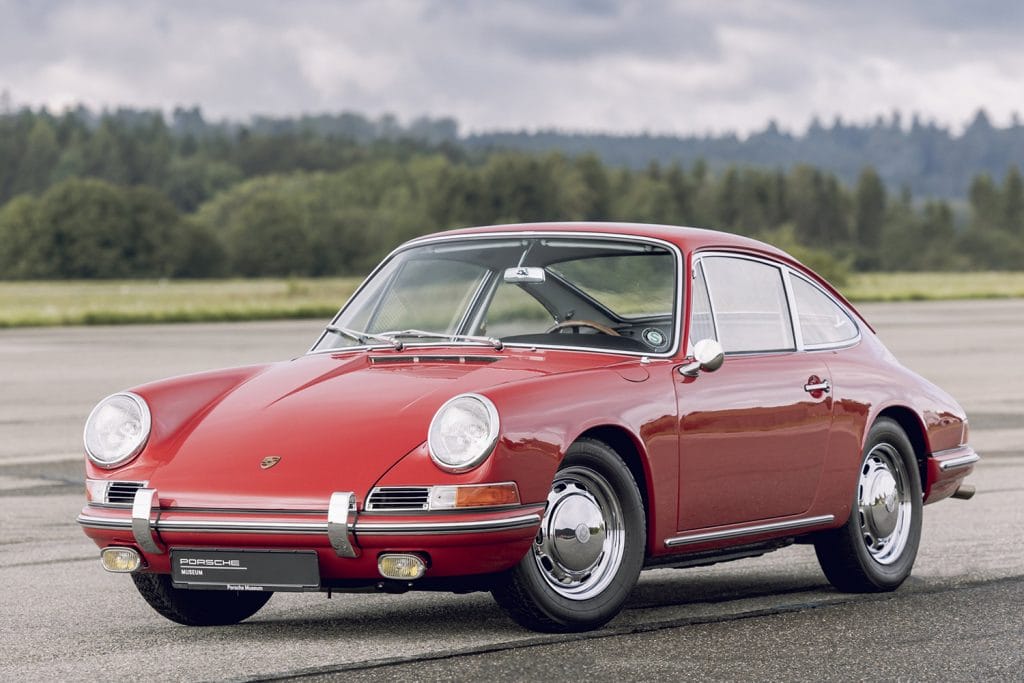
First generation (1963-1973)
The original 911 offered what the Porsche 356 (the model replaced by the 911) lacked: rear seats. The model also received an air-cooled, six-cylinder boxer engine that, like in the 356, was placed at the back. This rear-mounted flat-six engine still hallmarks the model line today. Initially coming in 2.0-liter form, the flat-six became a 2.7-liter engine when fitted to the top-spec 911 Carrera RS 2.7.
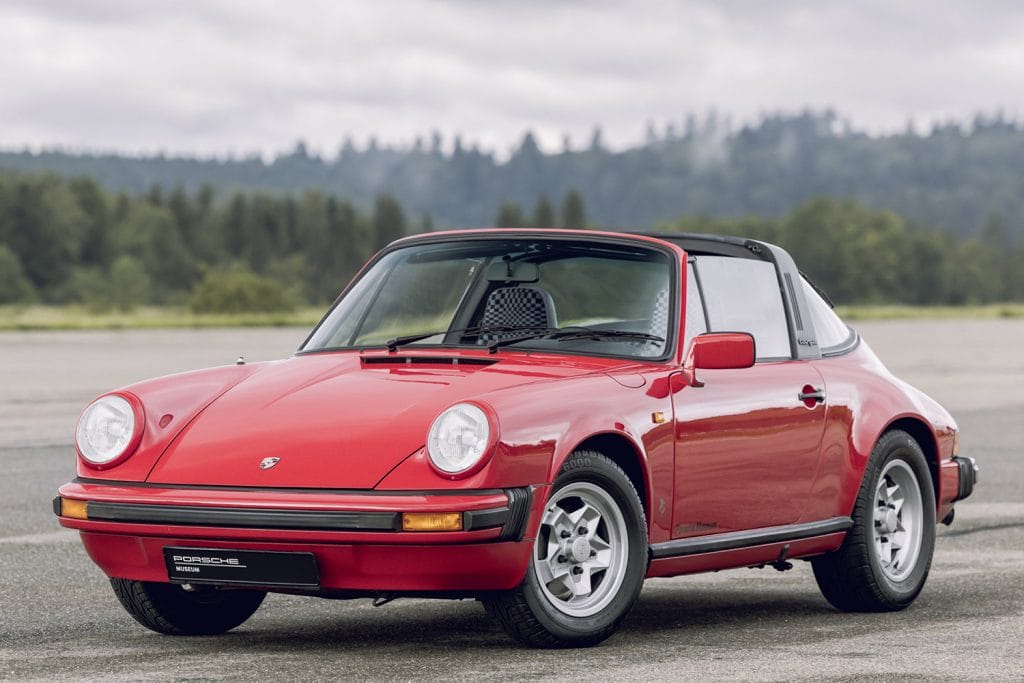
G-Series (1973-1989)
The 911 was revised in 1973, becoming longer and more comfortable while retaining its silhouette and design. A body with a wider rear came in 1977, and a 911 Cabriolet without a roll-over bar followed in 1983. The 911 Targa remained part of the line-up. From 1988, the 911 Speedster rounded off the portfolio of body types. Flat-six 2.7-liter engines came standard in the G-Series.
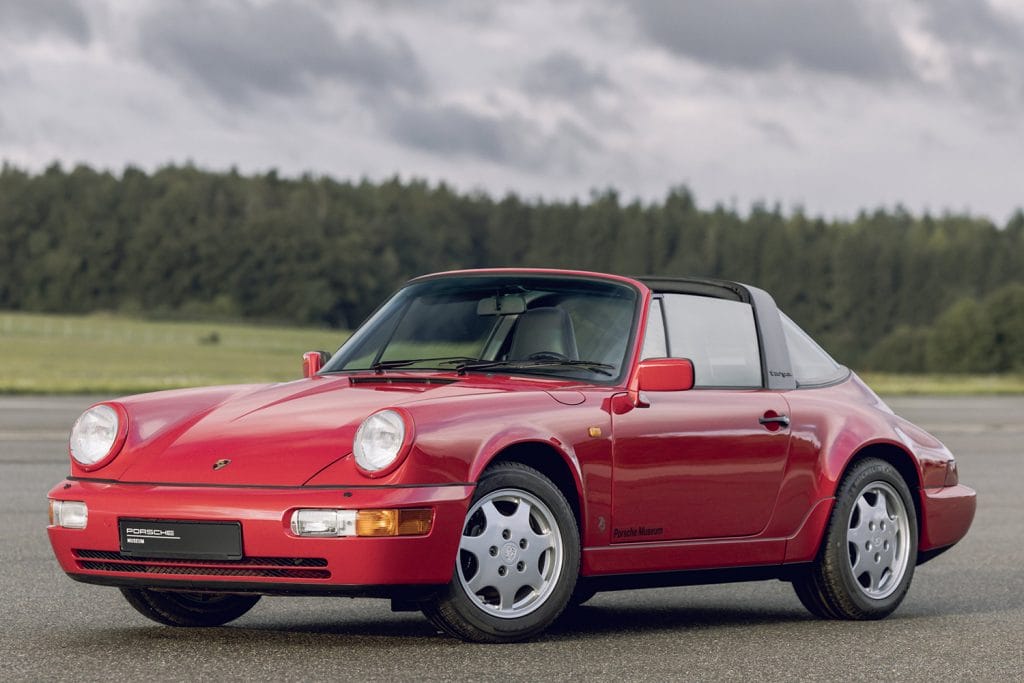
964: (1989-1994)
The 911 was revamped in 1989, with almost 85 percent of the model newly developed. Power steering, ABS, central locking, height-adjustable seats, and the fully automatic Tiptronic gearbox were part of the equipment list. A new 3.6-liter flat-six was introduced. Body styles retained the Coupe, Cabriolet, Targa and Speedster configurations.
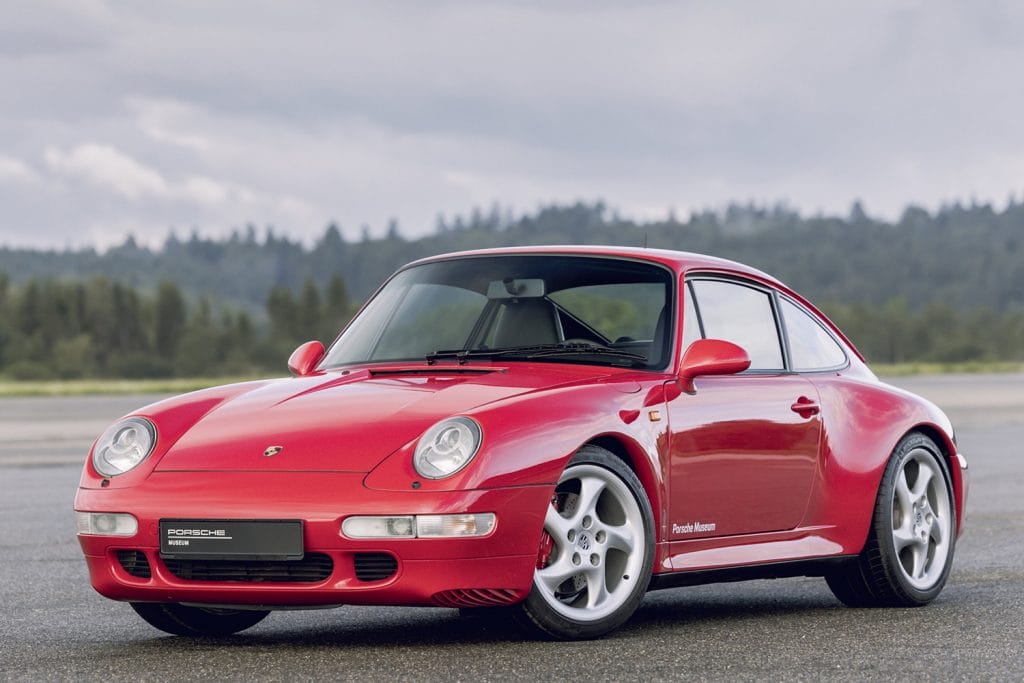
993 (1994-1998)
Only the roof line was carried over from the 993’s predecessor. A multi-link rear axle improved driving dynamics and comfort, and the flat-six engines ranged from producing 272 hp to 450 hp. Also new to the model were the hollow-spoked aluminum wheels, twin turbos, and the Varioram intake system. The lightweight Turbo-based 911 GT2 debuted.
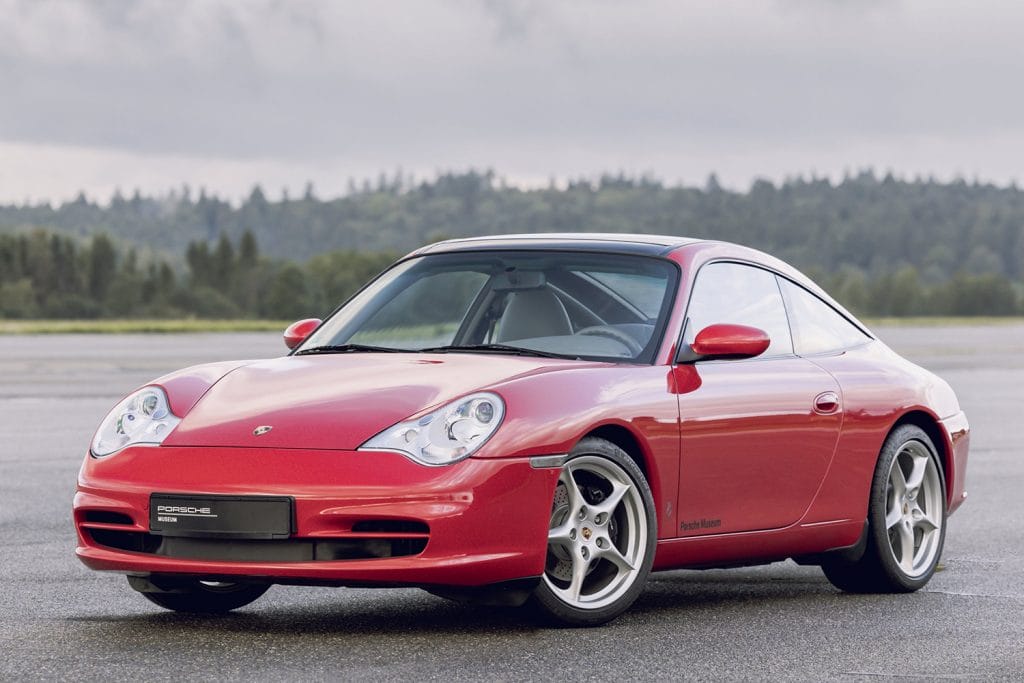
996 (1998-2005)
The 996 was the first 911 to come with a water-cooled flat-six engine, as well as headlights that were not round. It was also longer, wider and lighter. The introduction of the four-valve cylinder heads boosted power of the entry-level model to 300 hp, while the 911 GT2 produced 462 hp. Standard to the 911 GT2 was the first Porsche Ceramic Composite Brake (PCCB) system.
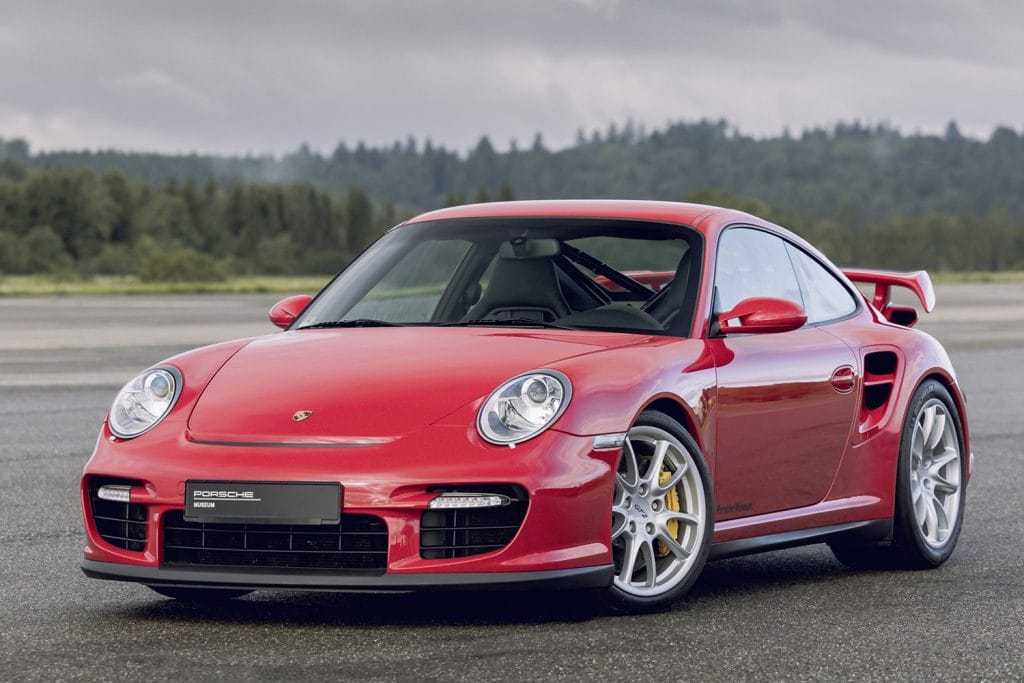
997 (2004-2012)
The 997 returned to the classic round headlights. All its engines were more powerful, ranging from 325 hp in the 911 Carrera to 620 hp in the first 911 GT2 RS. The new 911 GTS closed the gap between the 911 Carrera S and the 911 GT3. For the first time, a dual-clutch transmission, the Porsche Active Suspension Management (PASM), and a Sport mode were fitted to the 911.
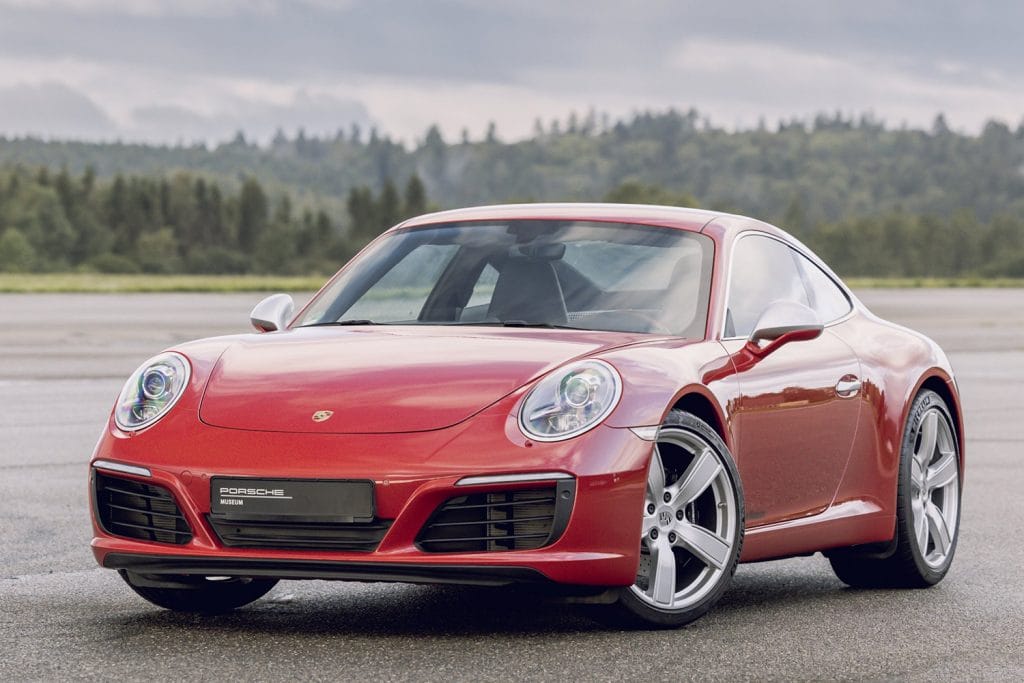
991 (2011-2019)
Thanks to an aluminum-steel construction, the 991 weighed significantly less even with its longer and wider body. While sportier, it was also more comfortable and spacious. A 3.4-liter flat-six outputted 350 hp in the 911 Carrera, the 911 GT2 RS delivered twice that power. Introduced in later models were the PDCC anti-roll stabilization, rear-wheel steering and active aerodynamics.
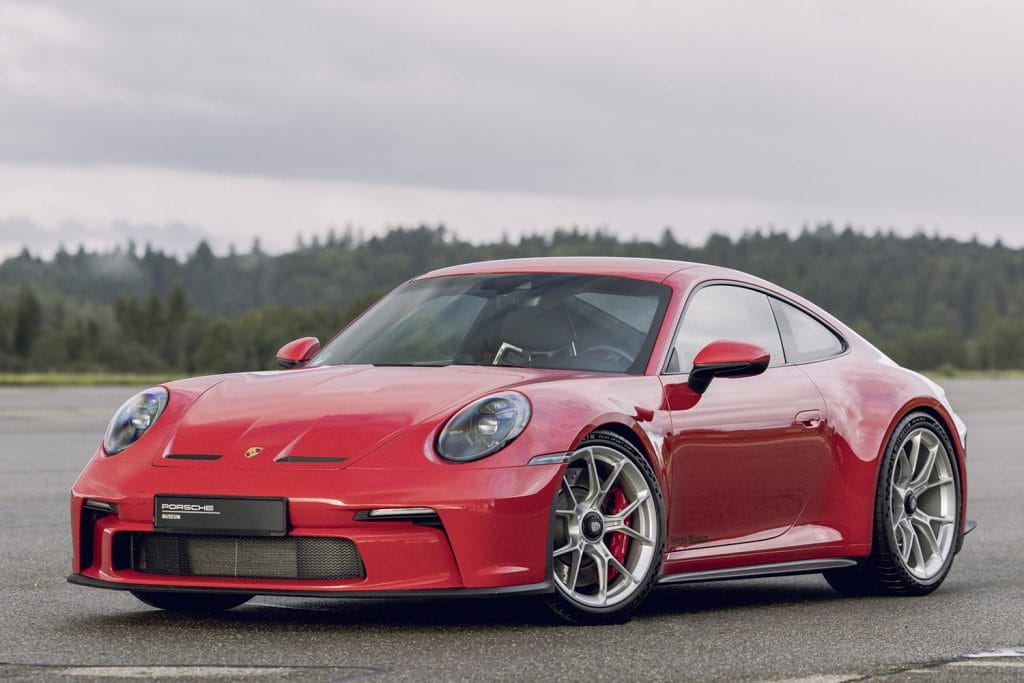
992 (2019-present)
The 992 generation readies the 911 for a partially electric future, thanks to a new eight-speed dual-clutch transmission that leaves room for an electric motor. Improvements within the engine reduce emissions. An off-road-capable model, the 911 Dakar, is available. The 911 Sport Classic honors the iconic 911 Carerra RS 2.7 of 1972, and the 911 S/T marks the 60th anniversary of the 911.

